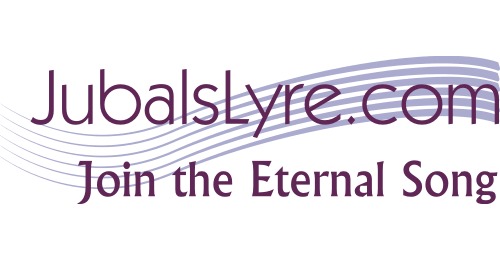The thoughts below were prepared for the “Devotions on the Hymn of the Day” project of the Center for Church Music at Concordia University, Chicago. This devotion is on “Hope of the World,” the Hymn of the Day for the Twenty-first Sunday after Pentecost (Proper 24B) on Sunday, October 18, 2015. For a downloadable PDF version of this devotion, click here. For additional devotions, click here.
“Hope” is an optimistic word that is used when there is an expectation or desire for some kind of positive outcome. As commonly used today, it is often simply a “wish” that allows for the chance that the desire may not be fulfilled. However, some dictionaries point out that the archaic meaning of the word is quite different. In its archaic usage the word meant an expectation that carried with it a sense of trust, certainty, and confidence that the expectation would be fulfilled. This latter meaning is the import of the Greek work “elpidos” which in the New Testament is most often translated “hope,” but in some translations is also rendered “confidence.”
“Elpidos” or a related form occurs 53 times in the New Testament. In most cases it is used in direct relation to the salvation and eternal life that is ours through the work of Jesus Christ, a work that is already accomplished. Christ as our “hope” or “confidence” is one of the recurring themes of the Apostle Paul who in his greeting to Timothy simply states: “Paul, an apostle of Christ Jesus by command of God our Savior and of Christ Jesus our hope, . . . .” (1 Timothy 1:1).
In August 1954, the Second Assembly of the World Council of Churches was held at Northwestern University in Evanston, Illinois under the theme “Christ – the Hope of the World” (see poster on left). In preparation for this conference, The Hymn Society of America conducted a hymn writing contest on the conference theme. Out of the nearly 500 submissions, the poem “Hope of the World” by Dr. Georgia Harkness (1891-1794) was chosen as the winner. The text first appeared in the July 1954 issue of The Hymn, the society’s journal, as a part of the President’s Message. Due to its Christological focus, the text has been included in many hymnals since.
I’m sure the Apostle Paul would like this hymn because it develops his theme of “Christ Jesus our hope” making it very clear that it is through His incarnation (St. 2), cross (St. 4), and resurrection we are eternally victorious (St. 5). The repetition of “Hope of the world” at the beginning of each stanza is a powerful rhetorical device that drives this point home (for the full text, click here).
When singing this hymn, it is important to remember that the “hope” being referred to here is not simply a “wish,” but an eternal truth and certainty. In this regard it is good to recall the confidence and certainty that Paul proclaimed in 1 Corinthians 15 (the Resurrection Chapter) regarding the eternal life that is ours through the death and resurrection of Jesus Christ:
51 Behold! I tell you a mystery. We shall not all sleep, but we shall all be changed, 52 in a moment, in the twinkling of an eye, at the last trumpet. For the trumpet will sound, and the dead will be raised imperishable, and we shall be changed. 53 For this perishable body must put on the imperishable, and this mortal body must put on immortality. 54 When the perishable puts on the imperishable, and the mortal puts on immortality, then shall come to pass the saying that is written:
“Death is swallowed up in victory.”
55 “O death, where is your victory?
O death, where is your sting?”56 The sting of death is sin, and the power of sin is the law. 57 But thanks be to God, who gives us the victory through our Lord Jesus Christ.
1 Corinthians15:51-56
In the Lutheran Service Book, this poem is paired with the tune EIRENE by Frances R. Havergal (1836-79), however I prefer singing it to the Genevan Psalter (1551) tune DONNE SECOURS as found in the Lutheran Worship and the Lutheran Book of Worship. Besides the fact that in my view the Dorian mode of DONNE SECOURS suits the text better, by pairing it with DONNE SECOURS we have a tune from the Reformation with a modern twentieth century text that proclaims one of the enduring themes of the Reformation: “Solo Christo” (“Christ Alone”)!
Soli Deo Gloria!
Jubal’s Lyre Music Shop for music by Jubal’s Lyre Music Publishers on www.sheetmusicplus.com.


